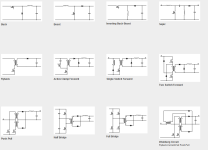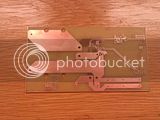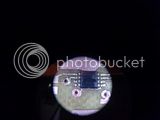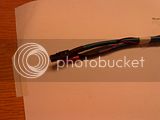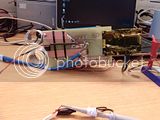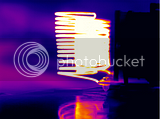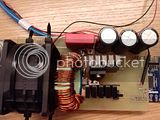I like the idea Circuit, but alas – for my use this is too costly. I used the opportunity to include a small analysis for my report.
Cost of test
In a capacity test, all the energy is turned into heat. Charging one battery while running the discharge test would improve energy efficiency – and thus you would save money on your energy bill. But the cost of this regeneration, charge, is not calculated, so what is the real cost?
The cost of 1kWh of heat is, in Norway, around 1 NOK (Both cost of transmission and energy cost is taken into account). A semi-real battery, containing 1kWh costs around 7800 NOK in Norway. This battery is rated at 1000 cycles to 70% capacity. This means every cycle costs 7,8 NOK. If the charge wear on the battery is set to be the same as the discharge wear, cost for one charge is 3,4 NOK.
If you can deduct the 1kWh energy saving, the cost of directly turning the energy into heat is at least half the price than regenerating it.
Combine this with the fact that for a 5C discharge test on a big battery, you would at least need 5x the capacity in batteries being charged. This means big investment costs in batteries and in discharge test equipment gear. In addition, heating housing is a big capital expense in Norway; 70% in normal houses and 50% in other housing. The energy being turned into heat is likely to be of good use.
The battery tester will mainly be used for ebike and motorcycle battery packs. This means 2-10C discharge tests will be common. As
tests from NASA has shown, charging speed has a direct influence on battery life (slower charge favoured).
Resistive heating is therefore deemed the best solution for today’s demands.
As I do have to deliver a report written academically, I added some background to easier fill this in later.
I've focused on software developement lately. Current sensor offset and gain calibration is finished and also voltage gain calibration. There is a minor problem with the current calibration. Somehow, the offset does still read 2-4 ADC counts (this is 0,2-0,4A offset of full range) in offset. Oversampling will be implemented, hopefully it will solve this.
All calculations are done real time in fixed point math on the microcontroller. Building a user interface with two buttons has proved to be doable, but it is not efficient (Anyone with a CA can testify to this). If another revision is to be made, some extra user input will be implemented.
I tried the circuit with a 15V 6A (90W) load today. Parts didn't get warm at all. Monday I'll have access to a IR camera. With this present - I'll hook up this to a 51V 3kW server supply and do some high power tests to see how it holds up. Definitely looking forward to this

Already I think the PCB-heating coil interconnect will have to be redone. I can bear a 5-600 degC coil as long as this heat is being convected away - and not conducted into the PCB.






